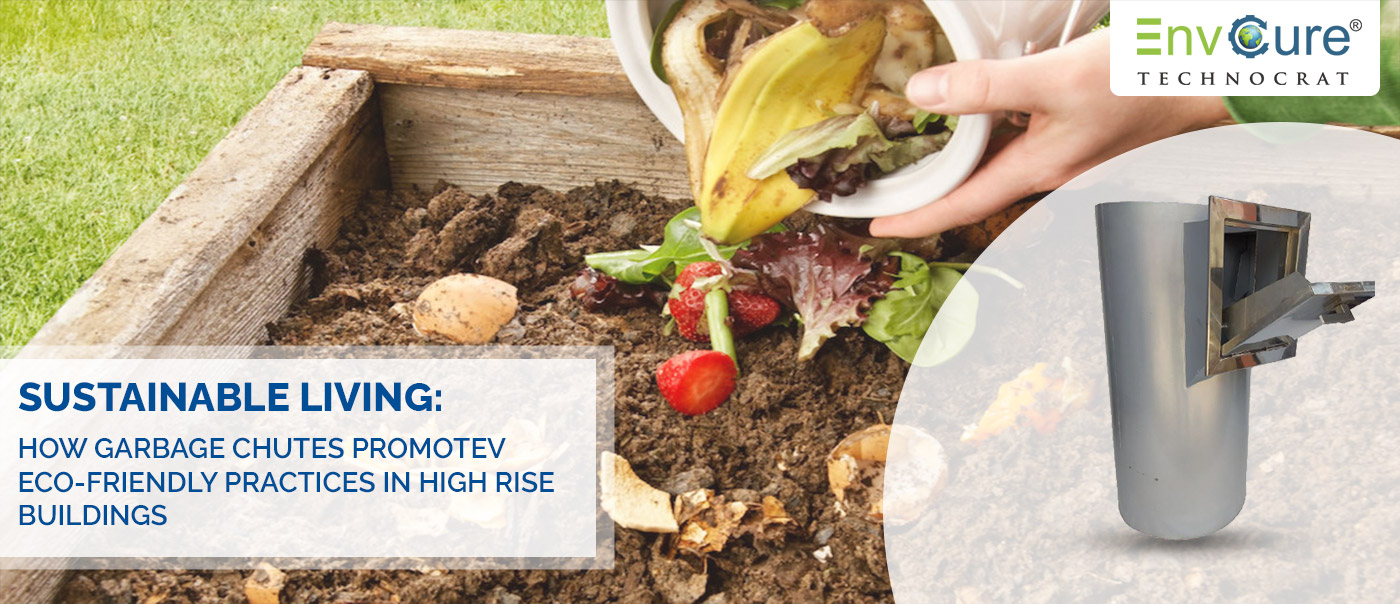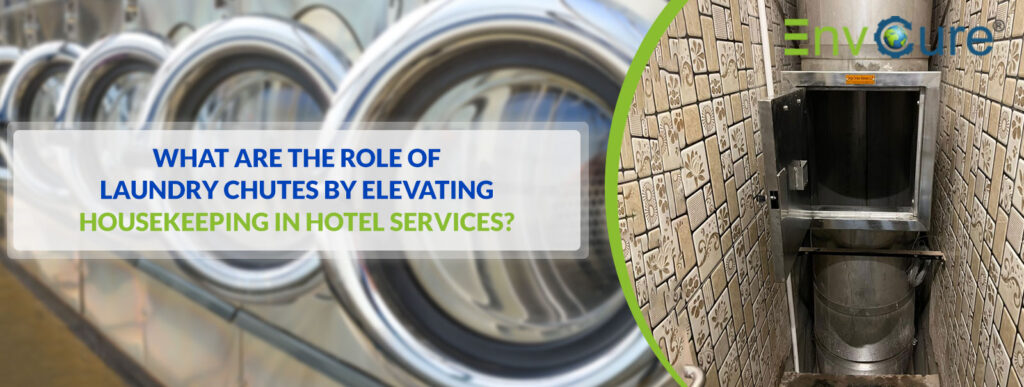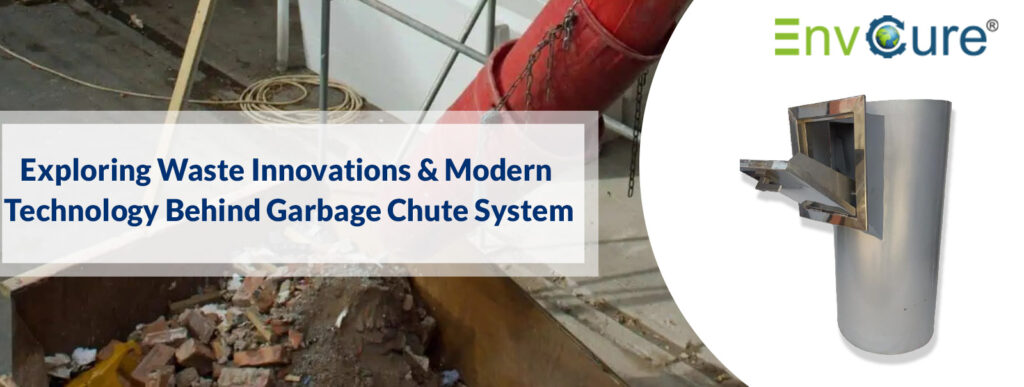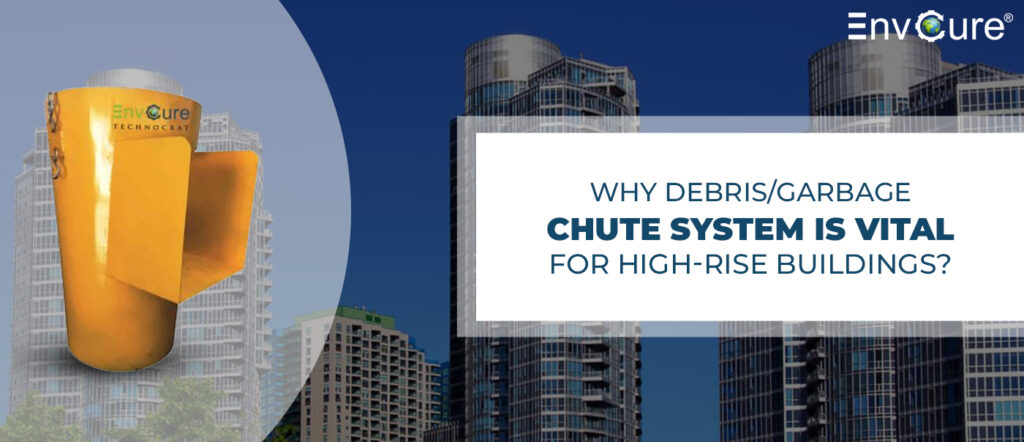Living green is more than a lifestyle choice; it’s a responsibility towards our planet. Technology swoops in as a savior in high-rise buildings where managing waste becomes an uphill task. One particular innovation leading this charge is Garbage Chutes. These efficient systems take the chore out of waste disposal, promote recycling, and even play a part in energy production. Let’s dive in to understand how.
What are Garbage Chutes and How Do They Work?
Garbage chutes, also known as trash chutes, are a convenient and efficient waste disposal system commonly found in high-rise residential and commercial buildings. They offer a practical solution for managing and disposing of waste by providing a centralized and straightforward method for trash collection.
The Structure and Working of Garbage Chutes
Essentially, a garbage chute is a vertical or inclined passage, typically constructed of durable materials like stainless steel, through which waste is transported from higher to lower levels.
The chute has openings, or hoppers, on each floor or at intervals for waste disposal. The bottom of the chute usually ends in a central waste collection room, a compactor, or a dumpster, where the waste is stored before it’s removed by waste management services.
The working mechanism of a garbage chute is pretty simple and relies on the force of gravity. Here’s how it works:
- Waste Disposal: A resident or building occupant opens the garbage chute door (also called a hopper) and deposits their waste into the chute. For safety and hygiene reasons, these doors are typically self-closing and designed to contain any odors within the chute.
- Waste Transportation: Once the waste is deposited into the chute, gravity takes over. The waste travels down the chute, sliding along the interior walls until it reaches the bottom.
- Waste Collection: At the base of the chute, the wastelands are in a central waste collection area. This could be a compactor, which compresses the waste to save space, or a large bin or dumpster.
- Waste Removal: Waste management services periodically remove the accumulated waste from the collection area for further disposal, recycling, or treatment.
Garbage Chutes: Promoting Eco-Friendly Practices in High-Rise Buildings
#1 Efficient Waste Management
In the complex ecosystems of high-rise buildings, managing waste is a real challenge. It’s easy for waste to pile up and for disposal to become irregular. But when garbage chutes are part of the plan, efficient waste management becomes effortless.
Residents only need to walk to the nearest garbage chute, often situated on each floor, and drop off their waste. No more waiting for the garbage truck or lugging heavy bags downstairs. These chutes funnel waste into a central collection point, making waste management a breeze. The result is cleaner, more hygienic buildings with a significant reduction in the likelihood of pest infestations.
#2 Boosting Recycling Efforts
But garbage chutes are more than just a means of transporting waste; they can be leveraged to promote recycling too. Some modern garbage chute systems incorporate waste segregation units. These allow residents to sort their waste into categories such as plastics, organics, paper, and metals before dropping them into dedicated chutes.
This step in waste segregation significantly boosts recycling rates. It ensures recyclable materials are not contaminated and can be effectively processed. By promoting recycling, garbage chutes contribute to conserving resources and reducing the amount of waste that ends up in landfills.
#3 Reducing Carbon Footprint
An often-overlooked benefit of garbage chutes is their contribution to reducing carbon emissions. Think about it – no more garbage trucks making daily rounds to each floor or idling in the parking lot.
Additionally, the process of recycling materials is far less energy-intensive than manufacturing from virgin resources. By facilitating better recycling rates, garbage chutes indirectly contribute to energy conservation and lower carbon emissions.
#4 Energy Generation Potential
Did you know your waste could power your home? With advancements in technology, garbage chutes can be coupled with waste-to-energy (WTE) systems. Organic waste dropped down the chute is collected and converted into biogas through anaerobic digestion. This biogas can then be used for heating or generating electricity.
Using a WTE system, high-rise buildings can partially meet their energy needs, reduce reliance on fossil fuels, and lower utility costs – all while managing waste effectively.
Sustainability with Envcure
At Envcure, we aim to revolutionize how we handle environmental challenges. We are firm believers in the potential of small changes leading to a big revolution, and our garbage chute systems are a part of this belief.
If you’re managing a high-rise residential or commercial building, hospital, university, or market yard, we invite you to explore the potential of garbage chutes with us. It’s time to make sustainability the norm, not the exception.
Reach out to us today to discover how our garbage chute systems can transform your waste management practices.
Frequently Asked Questions:
Q.1. What is a garbage chute?
Ans. A garbage chute is a system of interconnected tubes or channels that allow residents of high-rise buildings to dispose of their waste conveniently. It typically consists of a large opening on each floor that leads to a centralized collection area.
Q.2. Are garbage chutes hygienic?
Ans. Garbage chutes are designed to be hygienic and minimize any unpleasant odors or pests. They are typically equipped with mechanisms such as sealing doors, deodorizers, and regular cleaning schedules to maintain cleanliness and prevent the spread of germs or bacteria.
Q.3. Do garbage chutes save space in high-rise buildings?
Ans. Yes, garbage chutes are space-saving solutions in high-rise buildings. Instead of having multiple individual waste bins on each floor, garbage chutes allow residents to dispose of their waste in a centralized manner. This frees up valuable space within apartments and common areas.








